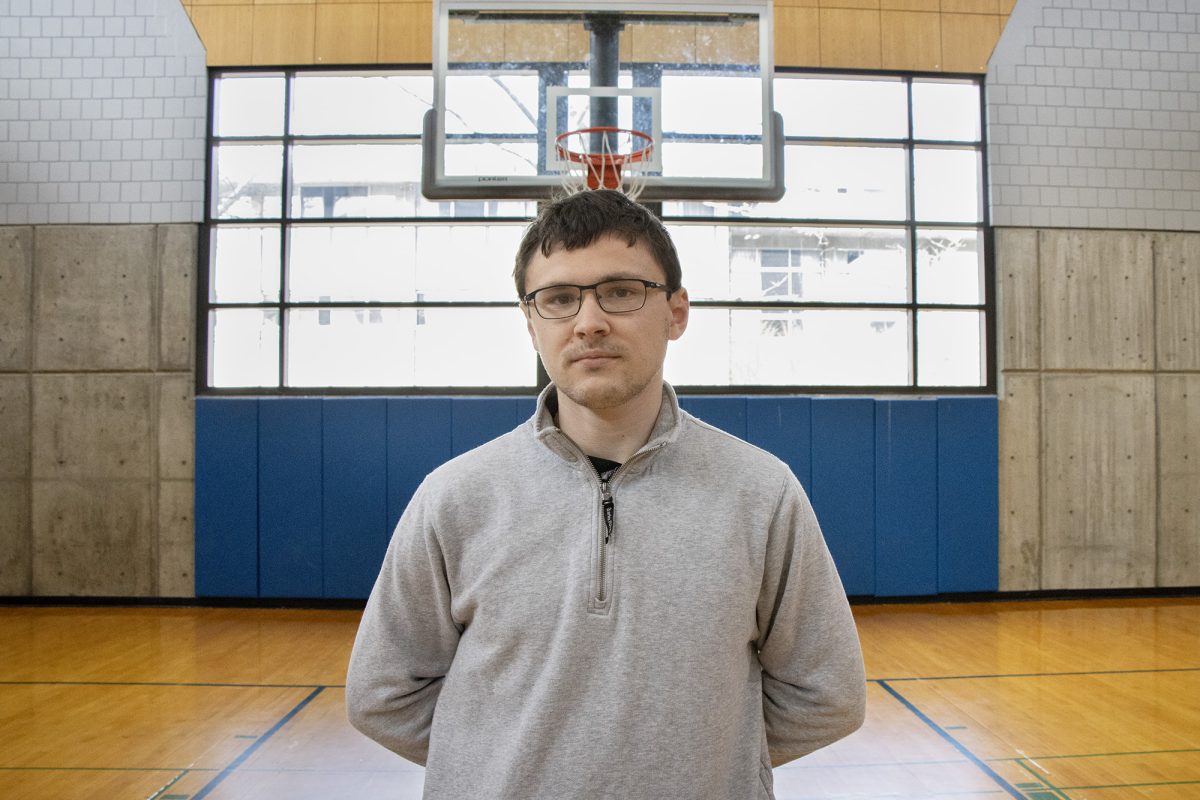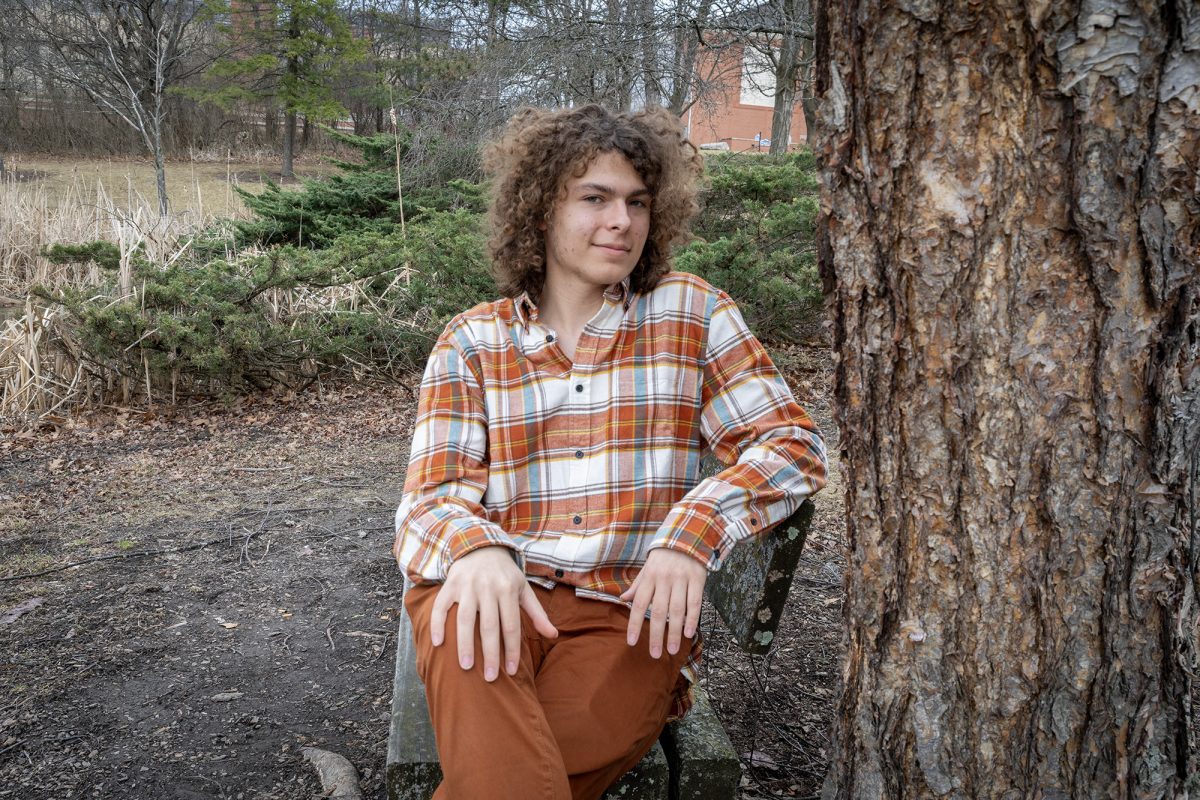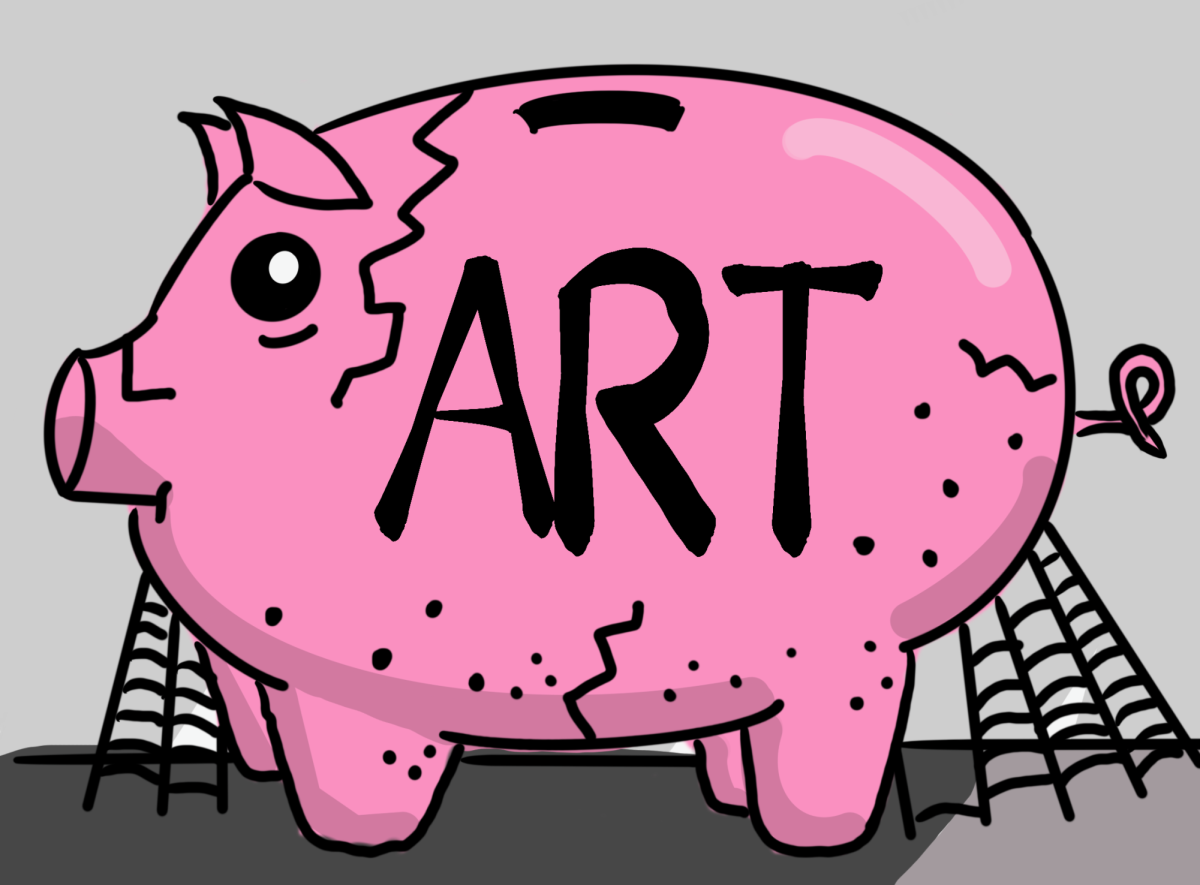In the 1930s, Mexican President Lázaro Cárdenas began investing resources in a project to transform Patzcuaro, a small lakeside city in western Mexico, into a tourist attraction. He and his compatriots saw tourism as vital for Mexico’s national development. They believed it would help the region develop economically and unite the country as Mexicans traveled to experience their own land.
Part of this project involved turning the city into a historical monument. The government passed new laws to protect and preserve the town’s “typical” aspects. Tourism magazines and guidebooks
provided nationalist rhetoric, inspiring people to visit “authentic” Mexico. An architect from Mexico’s Department of Monuments oversaw the preservation process and contributed structures in a “typical” style. Mexico’s earliest art historians joined the effort, researching and writing about the city’s architecture, art, monuments and history.
I’ve been exploring what was meant when politicians promoted the town’s “typical character,” or “physiognomy.” “Typical” was the language of science used to talk about typical species, or people, in an area; it was also a racial term. Thus, it was not neutral: it was meant to imply “natural,” but it was, in fact, highly ideological. In terms of architecture, what “typical” meant was hardly clear, and colonial architectural history was in its infancy. The city had a very wide range of styles associated with the colonial period, which had been modified over centuries. One conclusion I make is this evocation of “typical” Patzcuaro was a cover for a project of radical modernization.
Recreating Patzcuaro involved “urban editing,” or a selective process of architectural preservation, destruction and creation. My research focuses on three points of tension within this transformation. First, during the 1930s, Patzcuaro built a modern, hygienic market that evoked one of the city’s oldest buildings. This market was designed to contain and regulate market commerce, controlling the women who had previously sold goods in the street. However, because the Friday “tianguis,” or traditional market, was so popular with tourists, it continued to operate so long as its vendors appeared “typically” indigenous. The flowering of market vendor images came to regulate vendors by dictating expectations about indigenous appearance.
Another transformation involved Patzcuaro’s secularization. In the 1930s, Mexico’s long-standing power struggle between religious institutions and the secular state came to a head, with the launch of the state’s secular education program. Catholic churches were taken out of service and converted to secular use. The Department of Monuments oversaw the conversion of the 16th century San Agustín Church into a public library. Its former convent was torn down, and a public theater was built in its place, using its arches and architectural ornaments on the new building’s facade.
Finally, the town became subject to national “mestizaje,” a racial ideology that claimed Mexico was the product of Indigenous and Spanish cultures — and blood. In the colonial period, when racial statistics were kept, Patzcuaro was about 50 percent “mulatto,” of mixed African-indigenous-European descent. Thus, when art historians celebrated the idea that Patzcuaro was a colonial jewel, “typical” of Mexico, they were effectively making a significant population within the city vanish. Such were the stakes of “typical” Patzcuaro.













